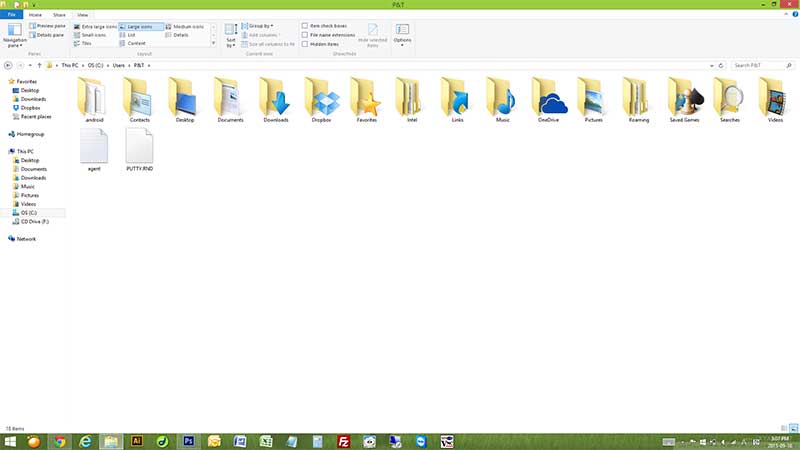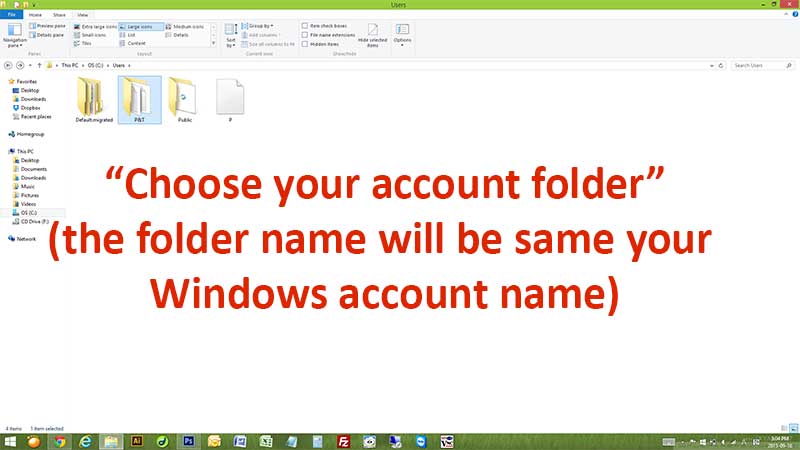How to do backup your personal files in Windows 8 and Windows 7
Hello people, this blog post will help you to backup your personal files successfully in Windows 8 and also in Windows 7. We guess that many people experienced a file loss due to a hard drive failure, Windows system corruption or virus. (pictures, documents, music, and etc) Don’t worry any more! What you will learn today is one of the most easy way to make a backup of your personal files 🙂 🙂 🙂
1. First, you need to know where are your files located
Do you know where are they ? We will let you know the most common place that people save their personal files. It is located at: C:/Users folder. In the Users folder, you need to select your account folder. (the folder name will be same your Windows account name) This folder contains most of your personal files in Windows 8 and Windows 7
2. Second, you need to know what to backup
In the folder that you found in the first step, you will see many different folders: Contacts, Desktops, Documents, Downloads, Favorites, Links, Music, Pictures, Videos, Saved Games, and etc) Probably, most of your personal files will be located in the following folders. You do not need to backup everything. You can choose what to backup.
Contacts: contains names, phone numbers, email address for email client.
Desktop: contains program shortcuts, any files that you saved on the Windows desktop screen. (the first page of Windows)
Documents: contains any files that you saved in this folder. Many people save documents here.
Downloads: contains downloaded files from Internet (Google Chrome, Internet Explorer, Firefox etc)
Favorites: contains favorite website links that you added in a web browser.
Links: contains shorcuts and links.
Music: contains music files. iTunes saves files in this folder.
Pictures: contains any files that you saved in this folder. Many people save pictures here.
Videos: contains any files that you saved in this folder. Many people save videos here.
Saved Games: contains game save files.
OneDrive: contains sync files. If you do use OneDrive. It is like a cloud service.
3. Third, purchase a USB memory stick to store your backup files (or purchase external hard drive)
For most people, 16GB USB memory stick will be more than enough, but if your backup is bigger, go for 32GB size. File size is more than 32GB ? Go for external hard drive. This will offer lot more saving storage at affordable price. Time for you to connect a USB memory stick to your computer, and copy all the files to it. To make a backup, you can simply connect your USB memory stick, and open the USB folder, then drag and drop the files from your Windows account folder to your USB memory folder. If you are having hard time, please write a comment here. 😀 😀 😀
Done ! Thank you !







